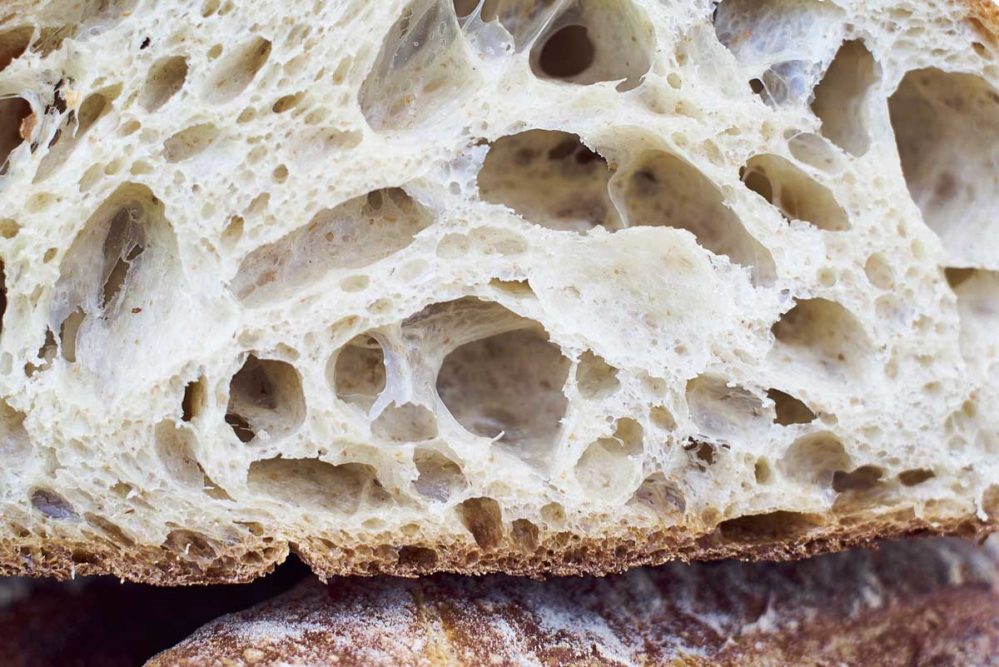In their truest form, artisan breads and rolls come from simply recognizable ingredients with easily identifiable visual and auditory characteristics, noted Steffen Weck, president of Food Business Consulting.
Mr. Weck, a food scientist, actually takes a very unscientific approach when identifying artisan baked foods. He looks for what he described as “flavor bubbles” on the crust.
Such “bubbles” come from anaerobic fermentation, explained Zach Martinucci, owner of Rebel Bread.
On the bakery’s signature sourdough bread, he added, those flavor bubbles are the result of the acetic acid that develops after the dough is retarded overnight and creates a more distinctive flavor.
He encourages consumers to search for another visual sign on the bottom of the bread. If it has a grid-like pattern, he said, it’s been baked on a tray in a commercial oven, unlike hearth-baked artisan breads.
“That’s not to say it’s bad bread,” he observed. “But it’s a cue that would imply small-batch over high-capacity.”
Additionally, listen to the bread — and specifically its crust — to indicate that it’s inherently artisan.
“There should be a crispy-crunch when the loaf is torn open — that’s the auditory cue,” said Jessica Cristadoro, Mr. Weck’s business partner.
Such a distinctive sound becomes muffled, however, when bread is packaged in plastic for a longer shelf life.
“The plastic essentially creates a scenario where the bread equilibrates, and the moistness from the crumb migrates into the crust,” Ms. Cristadoro pointed out. “You’re not going to get that ‘snap’ of true artisan breadcrust when it’s been sitting in plastic.”
This article is an excerpt from the April 2020 issue of Baking & Snack. To read the entire feature, click here.






